
Honey Bee Farming
July 22, 2018, 9:41 am
Honey is an important food item and it is produced by honey bees. Apiculture is the general term for honey bee production and management.
Honey Bee Farming
Characteristics and Uses of Honey
1. Honey is the only food item that never spoils
2. The pH level of honey is between 3.2 to 4.5, which is not a favorable medium for disease causing bacteria
3. Honey is used for food and is a good food sweetner
4. Honey is used as a preservative
5. Honey is used in medicine to heal wounds
6. In ancient times, honey was used for embalment
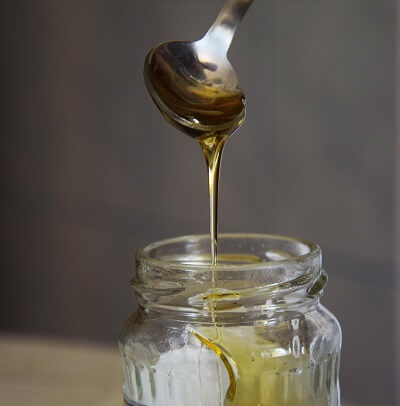
Honey bee is a crucial part of animal farming because of the important role it plays in the society at large. Honey bees are social insects and classified to the order of hymenoptera (i.e membranous wings), super family of Apoidae (i.e bees) and sub-family of Apinae. Honey bees represent the highest form of social development among invertebrate animals. Due to the social life of the honey bees, they live in colonies throughout the year. A colony of honey bees consists of a queen or mother bee, which is a fertile, egg-laying female and from 10,000 to 20,000 worker bees which are infertile females. The drones, which are male bees, are always present in the reproductive season but may be kicked out by the worker bees during food shortages.

Terminologies in Honey Bee Farming
The Queen
The queen is the only one responsible for reproduction within the colony. She lays the eggs and because of this, she has a large abdomen. She is the only one fed with royal jelly within the colony and she rarely stings.
The Drones
The drones are the male bees. They are big and strongly built. They are responsible for the fertilization of the queen. They have no sting organ. After mating, the drones die off, having lost the lower part of their abdomen.
The Worker Bees
The worker bees are the busiest within the colony. Their division of labour is extraordinary and well coordinated. One colony may boast of 60,000 to 80,000 worker bees. The worker bee is a product of a fertilized egg from the queen. Some of the duties of the worker bees include transportation in and out of the colony, manufacture of combs, conversion of some honey to wax, guard duty, cleaninig operation, feeding and nursing the brood, serving the queen, orientation of flight, ventilating the hive, packing of pollen, water, nectar and honey.

Swarming
Swarming is the method of reproduction of the colony. Swarming occurs during the period when the workers are able to gather plenty of food, which results in a high population in the colony. When the colony is over-populated, a queen is prepared by feeding the larvae with royal jelly to raise a younger queen. At the arrival of the baby queen, the older queen leaves the colony with half of the colony population. This is termed Swarming.
Nest
Honey bees are found anywhere that can guarantee their survival and swarming. They nest under the roof tops, under a shrub, in abandoned vehicles or block-moulding machines, inside pipes, under a bridge and in any cool and dark place. A colony of bees builds a nest composed of vertical, parallel sheets of wax, called combs.
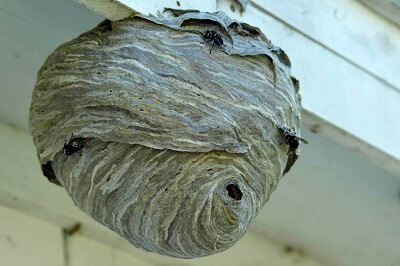
Types of Honey Bee Farming
1. Traditional Honey Bee Farming
This is done by the process of maintaining and improving on the artificial hives made from earthen pots. Some bee keepers use cylindrical grass hive while the hive is fixed on a horizontal fork of a locust bean tree. Also, calabash hive, dug-out wood and possible objects that can accomodate bees are used by the traditional honey bee keepers.
2. Modern Honey Bee Farming
Location of apiary
The ideal apiary site should be far away from vehicular and pedestrian roads, playgrounds, religious centers, industrial centers, market and noisy areas. It should be established near fresh water supply, the banks of a river or fish pond. Proximity to the source of food for the bees should be considered. Therefore, citing of apiary should be close to food (citrus, avocado, coconut, oil palm, kola nut farms, shea-butter tree, neem plants, eucalyptus plantations, cocoa farms and other fruit crops) in order for the bees to feed on the nectar during flowering periods. Honey bees are easily scared and chased away by smoke and fire, so they should be far from domestic and industrial smokes.

Honey Bee Colonization
Colonization is a process of getting honey bee attracted into the hive. The materials needed for the process to occur are a standard bee hive and attractant. Examples of attractants or baits that are commonly used are honey bee wax, pineapple juice, raffia wine, original palm wine, locust beans, cocoa bean juice, mango juice etc.
Procedure of Baiting for Honey Bee Attraction
Carefully rub the bait against the inner walls of the hive. It is important to rub the bait against the V-shape or ridged portion and the wooden starter top-bars. This will guide the bees to build their combs along it. Rub the entrance with the bait. Set the bars properly and cover the hive.
Materials for the Production and Management of Honey Bees
For a successful production and management of honey bees, the following materials must be gotten: gloves, overall, smoker, knife, bucket, honey processing tools, honey press, sieve and packaging bottles
Honey Bee Management
Proper positioning of the hive is important by orientating the entrance of the hive to face the east direction. Always approach the hive from behind or from the side to perform any operation. The attendant must not make noise and should avoid undue movement within the apiary. Smoke the bees and self to make them calm down for the operation to be carried out.
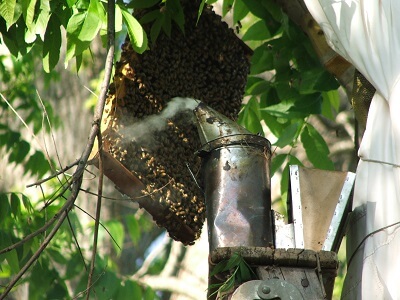
Dressing for Apiary Management
Proper way of dressing for the operations of apiary is wearing of hat, gloves and viel to protect your head, hand and face. Wearing of overall to protect the body and wearing of boots to protect the legs
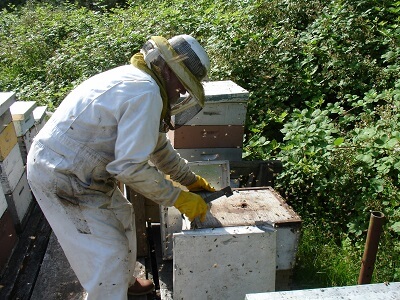
Honey Harvesting
Honey will not be ready for harvesting until the comb is filled with capped honey. Harvesting of honey comb must be done early in the morning or towards evening. Get properly dressed to avoid disturbance from the bees. Get the smoker, brush, knife, hive tool, plastic containers with lid ready for the operation. Use appropriate fuel materials like dried pawpaw leaves, dried paper pulp, old jute bag, cow dung etc. for smoking.
Ignite the smoker and then smoke yourself and the bees surrounding the entrance of the hive. If the combs are capped, harvest by brushing the bees to the side before harvesting your capped comb. Make sure you leave between one to two centimeters of the honey comb on top of the bar to avoid making the bees abandon the hive. After harvesting the honey comb, close the hive carefully.
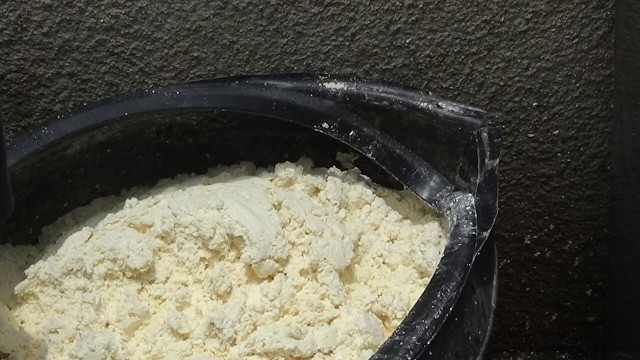
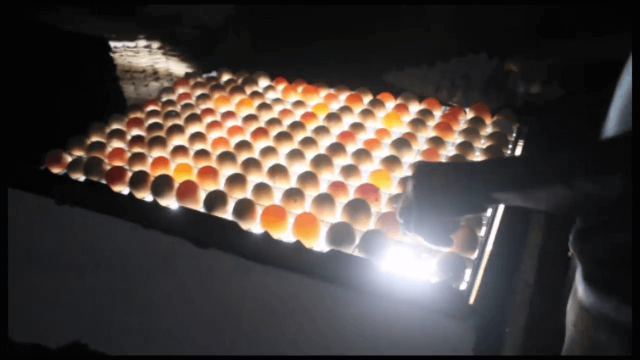
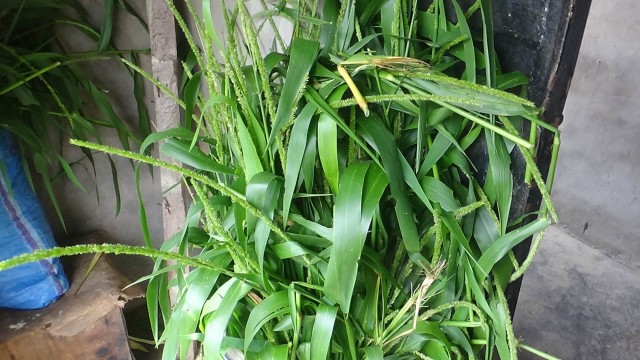
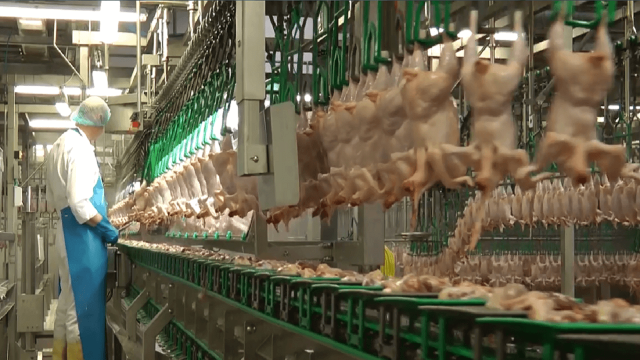


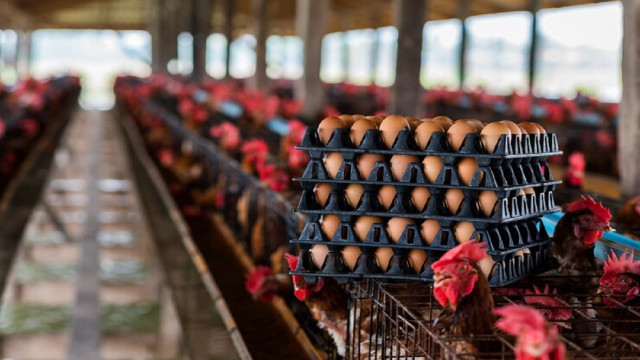
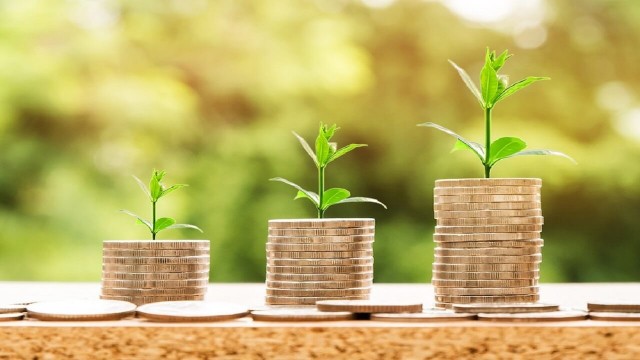

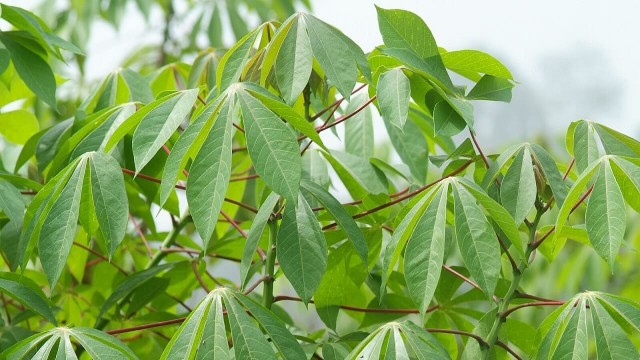
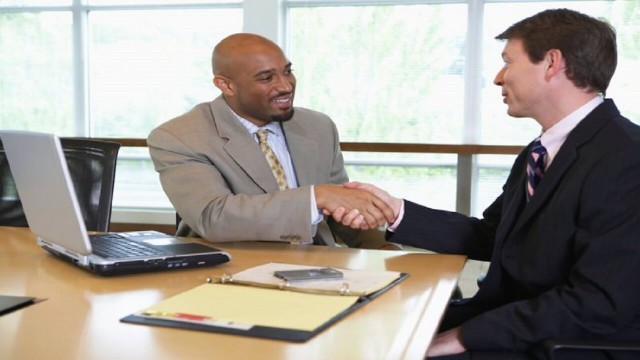
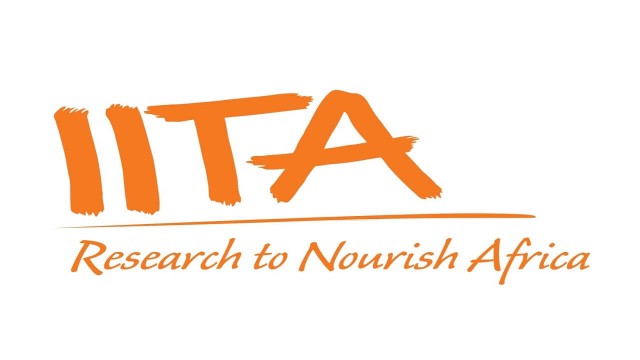
Share This Article: